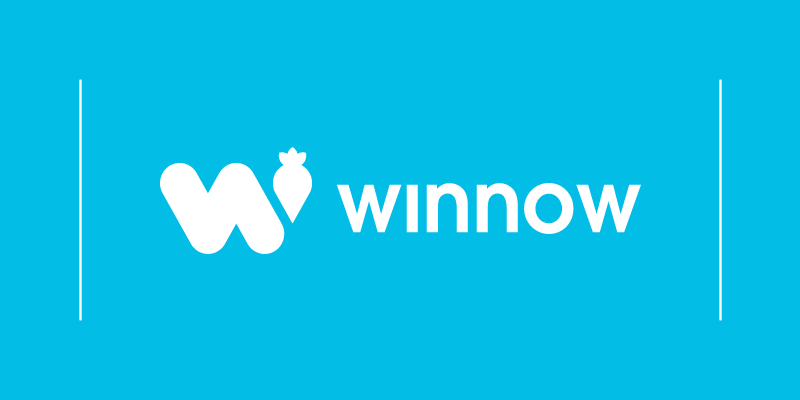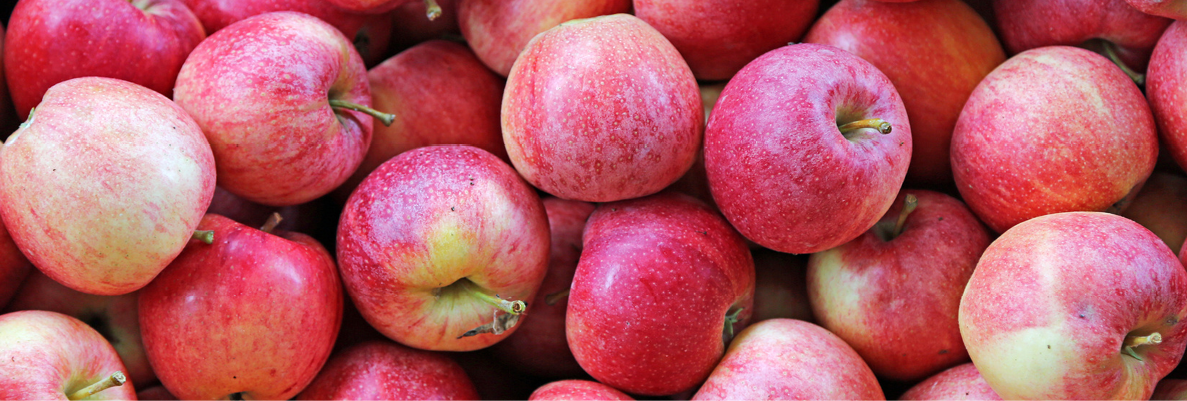It is often said that a picture can be worth a thousand words. But can this be true for photos that look into the depths of a bin? This blog reveals three ways kitchens around the world are using food waste photos to drive more savings.
By using food waste images in the kitchen, chefs are able to optimise the yield of products to further lower waste. Perhaps this old expression holds a grain of truth for our hospitality industry today.
The use of photos is ever-present in our lives today. It is estimated that in 2021 a whopping 1.4 trillion photos will be captured. These images help us to celebrate good times, point us to information about the world (e.g. for plants and flowers), and share our experiences too.
This blog will provide three key ways in which food waste photos can be used in your kitchen. Firstly, we will look at how waste photos can pinpoint large value transactions in your operation. These images are used by chefs to guide better planning decisions, and provide the confidence to do so.
Secondly, we look at how waste images can reveal savings opportunities within food trimmings. Are there certain food items that you could be using better to reuse or reduce? Food waste images can help to shine a light on these areas so you can run more efficiently in this difficult post pandemic period.
Finally, we reveal how food waste images can help you to manage your suppliers. Bad supplies can be identified and shown to suppliers to help recoup refunds.
Use food waste photos to pinpoint high value areas
In the early days of Winnow, we sometimes found that the food waste insight was difficult to comprehend.
Did we really waste 14kg of tomatoes during lunch service on Thursday? Maybe the team did not record the information correctly, or the scale got it wrong.
With Winnow’s artificial intelligence (AI) food waste solution - Winnow Vision - every item that is thrown in the bin is captured with an image. Customers are able to look through their daily reports, on their tablets, or through their custom analytics and find each one.
The key difference here that the photos provide is confidence. What may have been doubts are replaced with actionable insight that the team can use to adjust food preparation in the next service.
Take the picture of breaded chicken below, for instance.
You can clearly see the outline of the chicken that Winnow Vision captures as the food is discarded. From this outline, the AI is able to identify what food item you have wasted. This is easy to see for you and me too: the photo clearly shows a dozen or so chicken pieces.
What you can also see here is the chicken does not look unfit to eat. There is no obvious cooking or preparation error. It seems likely that the kitchen may simply have cooked too much. With this insight, the team can learn and reduce the amount of cooked chicken next time.
Reduce trimmings waste with food waste images
Trimmings is a really interesting area to look at in your kitchen. Winnow data suggests that for large kitchens, you can save an additional $1000 each month by cutting down trimmings waste.
Once again, this figure may be difficult to comprehend. Yet the food waste images kitchens are receiving are helping to make this possible.
Take this photo of a bin full of red peppers, below.
Here we can see a couple of things. Firstly, there is a lot of pepper waste here. This transaction was a total of 4kg and $17. If you are throwing away this amount of peppers every day, the annual cost of the waste is going to be several thousand dollars.
Of course, part of this weight is the core of the pepper that we do not eat. However, we can also see that there is also a lot of edible pepper here. By using this image, optimising the yield of red peppers may become a priority for the team.
Like any industry, there are always training areas to develop the team. Images such as these can highlight these needs and ultimately help the business to save money.
For more information on zero waste cooking, we recommend this interview with zero-waste chef and head of London restaurant Silo: Doug McMaster.
Can bad suppliers be revealed through food waste pictures?
Managing the produce that comes into your kitchen - or across a number of locations - can be very difficult to keep track of.
Food waste pictures can help you to root out these bad suppliers, and use the images to help get refunds on low quality food.
The image above reveals a large batch of apples that did not meet the expectations of the customer. If you look closely, you can see that many of the apples are bruised and damaged. While these are not inedible, the customer chose to redistribute these apples rather than serve them to customers.
Images can help to have a more productive conversation with suppliers, and lead to more refunds. Winnow customers are able to easily find this data by filtering for spoilage/damage transactions in Winnow’s analytics platform: Winnow Hub.
While this is not a use for every customer, it is an indication of how the food waste images can help you to unlock value in your kitchen.
Learn more about how food waste photos can help you
Whether these food waste photos say a thousand words to you, we shall let you decide... However, these images - which are all from working kitchens around the world - do reveal how images can help you to reduce waste.
Kitchens who use Winnow have traditionally cut waste by over 50% on average. These images unlock even more savings possibilities, and can help your business to reduce your carbon footprint while you do it.
If you are interested in exploring how images could benefit your business, sign up for a demo of Winnow Vision today.








Comment on my blog